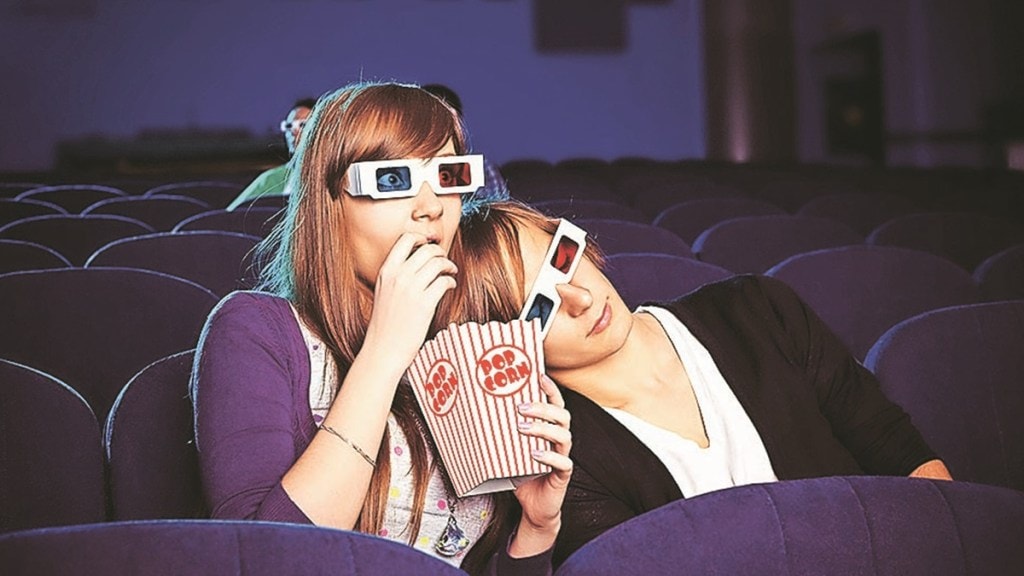When the going gets tough, the tough get going. No advertising medium has manifested this old adage in better than cinema through in its resounding comeback story post the Covid pandemic. With a clear shot in the arm from revenge consumerism, robust content line-up, record footfall, heavy F&B spend and strong future forecast (Source: Ormax-GroupM report, 2022), cinema’s post-pandemic story could not have been better.
This time cinema has been distinctly unique in breaking the inertia of inaction in advertising and film promotions. Cinema advertising has been successful in reinforcing the fact that it is an uber-effective medium for active advertising and brand engagement (unlike traditional media which are essentially passive in their consumer engagement).
There are examples galore in cinema with regard to brand integrations and impact solutions through active consumer engagement giving a true sense of experiential marketing. Recently, we witnessed an interesting case-study of brand integration and experiential marketing in our customer care programme where personal care brand Dettol came on board as a hygiene partner and was organically integrated in the cinema environment to provide a Covid-safe movie viewing experience for our customers.
The off-screen experiential advertising in cinema is also finding a new high of popularity in a rapidly evolving and accessible digital world, where the relationship between brands and consumers is becoming more transactional and passive. Brand display, activation or product sampling at various consumer touchpoints like box office, lobby, washrooms or exit area in the cinemas are increasingly finding demand to drive brand engagement and experiential quotient. Through technology interventions, cinemas are providing effective customer demography profiles to brands, helping them to identify and create better traction with their target group and adding more dimension to their metrics and evaluation. Similar innovative promotions are being attempted and delivered in the space of film promotion.
With discretionary spend and revenge outing being conspicuous across public places, multiplexes were quick to display their niche in innovative brand possibilities across their sizeable F&B space where consumerism is at its high with whopping growth in spend per head (SPH). This is an additional route of brand engagement and experiential marketing providing twin benefits of brand promotions and sales under one roof for advertisers. Marketing collaboration has being observed in case of product launches, too—a case in point, our movie debit card with Kotak, India’s first.
The reason why cinemas are fast becoming a part of the experiential marketing evolution lies in its inherent nature of being an experiential medium in the form of entertainment. Cinema’s appeal is much more than the film being projected on the screen. It is about the community viewing and opt-in immersive experience, something that is difficult to replicate. Experiential marketing in a cinema environment will continue to be the key driver due to its distinct advantages of consumer engagement as against traditional forms of passive advertising.
The author is CEO, PVR
Read Also: Simpl appoints Somansh Kumar as director – platform integrations


